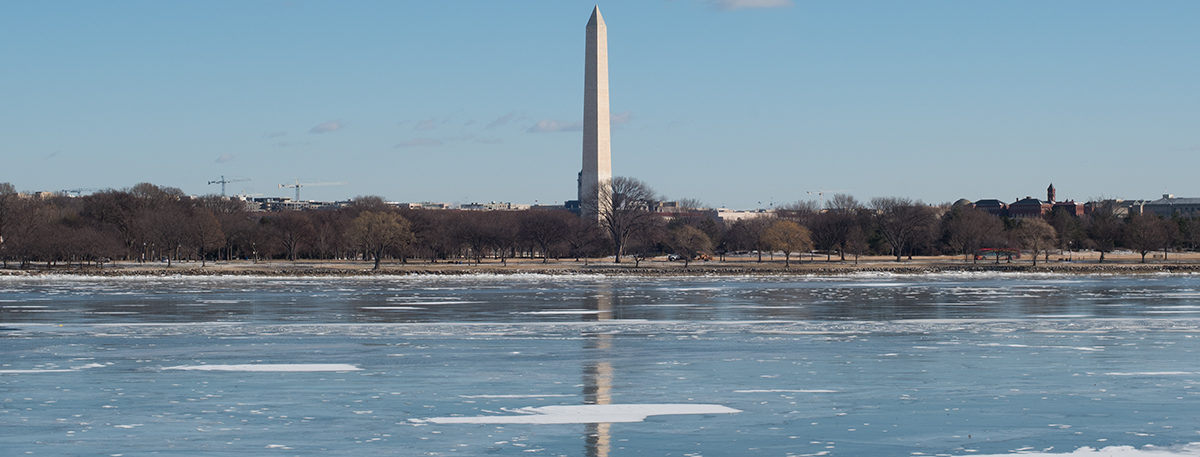December 2017 FTZine
December 1, 2017April 2018
April 5, 2018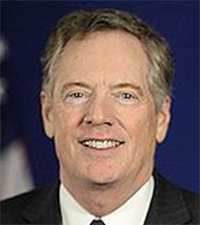
Top Story: Safeguard Action Reaches Into US Supply Chains And Foreign-Trade Zones
Historic Steel and Aluminum Action Looms
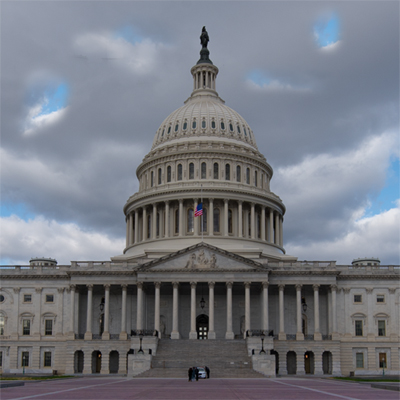
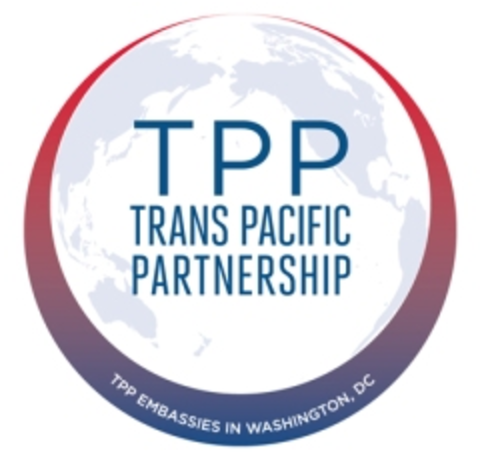
TPP Talk Gains Momentum
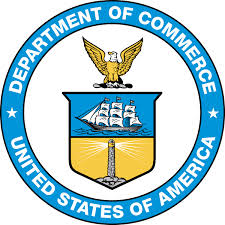
U.S. Foreign-Trade Zone Board Activity
- Plaza Warehousing & Realty Corporation received approval for subzone status subject to the existing activation limit of FTZ 61 in Caguas, Puerto Rico. LEARN MORE
- BGM America, Inc. received approval for limited proposed production of Sailboats, Cabin Cruiser Powerboats, and Outboard Motor Boats, concerning a restriction requiring that a significant list of components be admitted to the subzone in privileged foreign status in their facility within Subzone 127A, in Marion, South Carolina. LEARN MORE
- The Rhode Island Commerce Corporation, grantee of FTZ 105, requested the authority to reorganize zone 105 under the alternative site framework (ASF) adopted by the FTZ Board. LEARN MORE
- The Madawaska Foreign-Trade Zone Corporation, grantee of FTZ 179, requested the authority to reorganize the zone under the alternative site framework (ASF) adopted by the FTZ Board. LEARN MORE
- Fuling Plastic USA, Inc. received approval for proposed production of Disposable Plastic and Paper Service Ware and Kitchenware Products in its facility within FTZ Subzone 272C, in Allentown, Pennsylvania. LEARN MORE
- Plaza Warehousing & Realty Corporation was granted approval for the creation of FTZ sub-zone 61T in Caguas, Puerto Rico. LEARN MORE
- Valeo North America, Inc. received approval for proposed production of Automotive Clutch and Compressor Assemblies for its facility within Subzone 47D, in Winchester, Kentucky. LEARN MORE
- The application by Valeo North America, Inc. to establish Subzone 47D was approved for in Winchester, Kentucky. LEARN MORE
- The application to establish Subzone 144C by Orgill, Inc., was approved in FTZ 144 in Tifton, Georgia. LEARN MORE
- Lam Research Corporation (Lam) has requested expanded subzone status for FTZ 18. Subzone 18F consists of 13 sites in Fremont and Livermore, located in Tracy, California. LEARN MORE
- Hyster-Yale Group, Inc. has requested an expansion of Subzone 98D for its facility in Sulligent, Alabama. LEARN MORE
- Swagelok Company (Swagelok) has submitted a notification of proposed production activity for their facility in FTZ 40 located in Solon, Willoughby Hills, Highland Heights, and Strongsville, Ohio. LEARN MORE
- E.R. Squibb and Sons, LLC has requested the expansion of Subzone 49C for its facility located in New Brunswick, New Jersey. LEARN MORE
- Quad/Graphics, Inc.—Chemical Research\Technology (Quad/Graphics—C\RT), has submitted a notice for proposed production of Offset and Gravure Publication Printing Ink for their facility in FTZ 41 located in Hartford and Sussex, Wisconsin. LEARN MORE
- Cummins, Inc. has received approval for proposed production of Gas and Diesel Engines in their facilities within Subzone 23D, in Lakewood and Jamestown, New York. LEARN MORE
- Estee Lauder Inc. received approval for proposed production of Skin Care, Fragrance, and Cosmetic Products in its facility within FTZ 35, in Bristol and Trevose, Pennsylvania. LEARN MORE
MTB, MTB, Where Art Thou?
Stuck in the Senate, my true love.
Many U.S. manufacturers had pinned hopes of tariff relief on the new process for passing a Miscellaneous Tariff Bill (MTB) in Congress. The last successful MTB was passed over 8 years ago and expired in 2012. Since then, the MTB has had a storyline that reads like a Shakespearean tragedy.
The first bill using the new, non-partisan vetting process passed in the House on January 16th of this year, but has yet to be even scheduled for a vote in the Senate. The FTZine understands this first MTB will not be retroactive, so any tariff relief or reduction in the bill will only go into effect after the President actually signs the legislation. This has left many manufacturers in a bind for which other duty-relief programs, such as Foreign-Trade Zones, may be the only reliable option.

